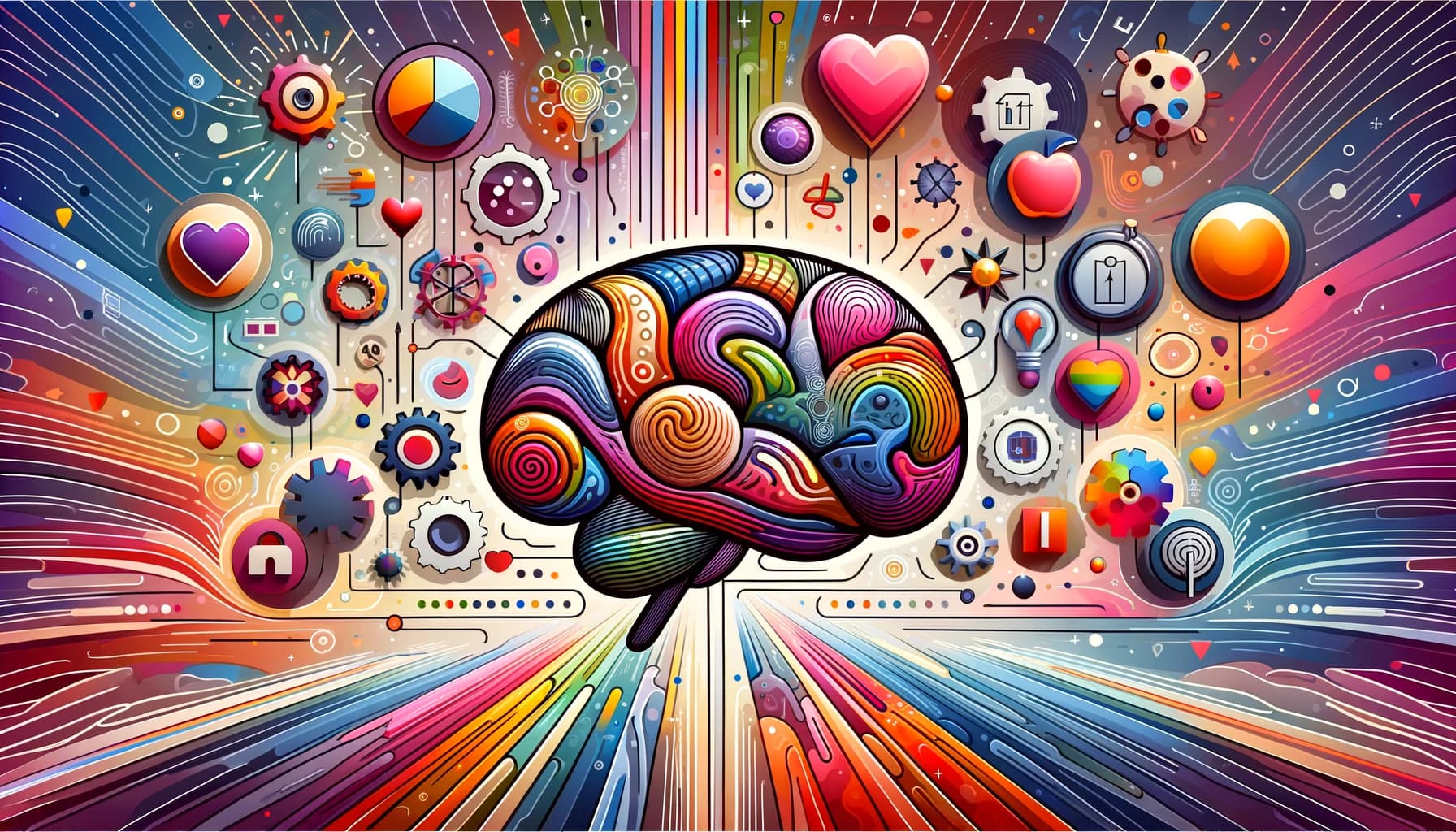Introduction
Understanding your personality can help optimize various aspects of your life. Two widely recognized personality tests are the Myers-Briggs Type Indicator (MBTI) and the Five-Factor Model (Big Five).
What are Personality Tests?
Personality tests are psychological tools designed to assess and describe individual personality traits. They range from scientifically validated tests based on psychological theories of personality development to amateur tests that lack a solid research foundation. Serious personality tests are used in clinical psychology, therapy, and corporate settings for diagnosing personality disorders, personal development, and personnel selection.
Recognizing the Quality of Personality Tests
If you want to take a personality test, it’s crucial to choose one based on scientifically recognized methods. Avoid quick tests from magazines, as only professional tests provide reliable information. Before committing to a test, research its scientific origin, testing method, and the qualifications of the administrators. This information can be found in test manuals or by inquiring with the provider about the test's background and purpose.
Types of Personality Tests
Personality tests can be broadly divided into two categories: psychometric and projective tests. Psychometric tests, such as the MBTI and Big Five, use structured questionnaires to measure personality traits and compare them to normative data. Projective tests, like the Rorschach test, assess underlying psychological processes through open-ended tasks and interpretations.
Myers-Briggs Type Indicator (MBTI)
The Myers-Briggs Type Indicator (MBTI) is one of the world’s most well-known tools for determining personality type and development. Based on Carl Jung’s typology theory, the MBTI assesses personality across four dimensions: Introversion vs. Extraversion, Intuition vs. Sensing, Thinking vs. Feeling, and Judging vs. Perceiving. The result is a four-letter type (e.g., INTJ or ESTP) that describes how individuals perceive the world and make decisions. Widely used in personal development and business settings, the MBTI helps understand interaction and decision-making styles.
Theoretical Basis of MBTI
Carl Gustav Jung, a renowned Swiss psychiatrist, categorized people into primary personality types based on attitude and psychological function. Jung distinguished between extraversion (turning outward) and introversion (turning inward). He added four function types to these attitudes, creating distinct personality states.
Categories of the Myers-Briggs Test
The MBTI differentiates between four pairs of traits: Introversion vs. Extraversion, Intuition vs. Sensing, Feeling vs. Thinking, and Judging vs. Perceiving. Introverts are reserved and sensitive, while extroverts are open and sociable. Intuitive types rely on inspirations and instincts, whereas sensing types are detail-oriented and realistic. Feeling types make decisions based on ideals and emotions, while thinking types use logic and rationality. Judging types prefer quick, firm decisions, while perceiving types are flexible and open to change.
Test Procedure
The MBTI test is conducted in two steps:
- A questionnaire is completed, with questions answered on a scale or as either-or choices.
- The questionnaire is evaluated online, providing a detailed description of the character type. In professional settings, the results can be discussed in a personal consultation.
David West Keirsey's Contributions
David West Keirsey significantly enhanced the MBTI by detailing the descriptions of the 16 personality types based on observable behavior. His work made the MBTI more scientific and widely accepted. Keirsey developed four basic temperaments: Rationalists, Idealists, Guardians, and Artisans. These temperaments represent different attitudes and inclinations towards life, providing a comprehensive understanding of personality types.
Five-Factor Model (Big Five)
The Five-Factor Model, or Big Five, measures five broad personality traits: Neuroticism, Extraversion, Openness to Experience, Agreeableness, and Conscientiousness. Unlike the MBTI, which assigns a specific type, the Big Five provides a score for each trait, offering a more nuanced view of personality. Research shows that the Big Five is more reliable in predicting behavior across various situations.
Comparison of MBTI and Big Five
Both tests draw from psychological research and provide insights into personality, aiding personal growth and self-understanding. The MBTI categorizes individuals into specific types based on distinct traits, while the Big Five offers a continuous spectrum for each trait. The MBTI is more commonly used in business settings due to its focus on individual traits, whereas the Big Five is favored for its reliability in academic and research contexts.
Conclusion
The Myers-Briggs Type Indicator and the Five-Factor Model are both valuable tools for understanding personality. The MBTI is useful for identifying how people interact and make decisions, while the Big Five offers a comprehensive assessment of personality traits. Both tests can guide personal development and career choices by highlighting strengths and areas for improvement.
